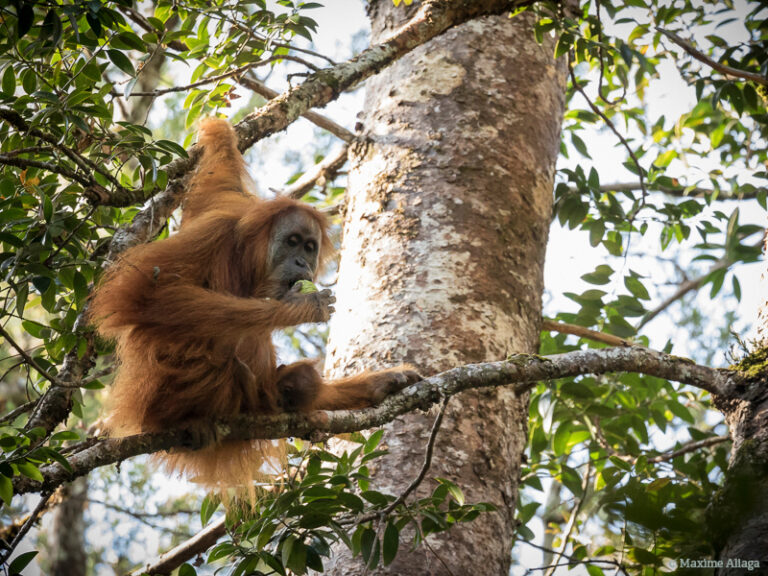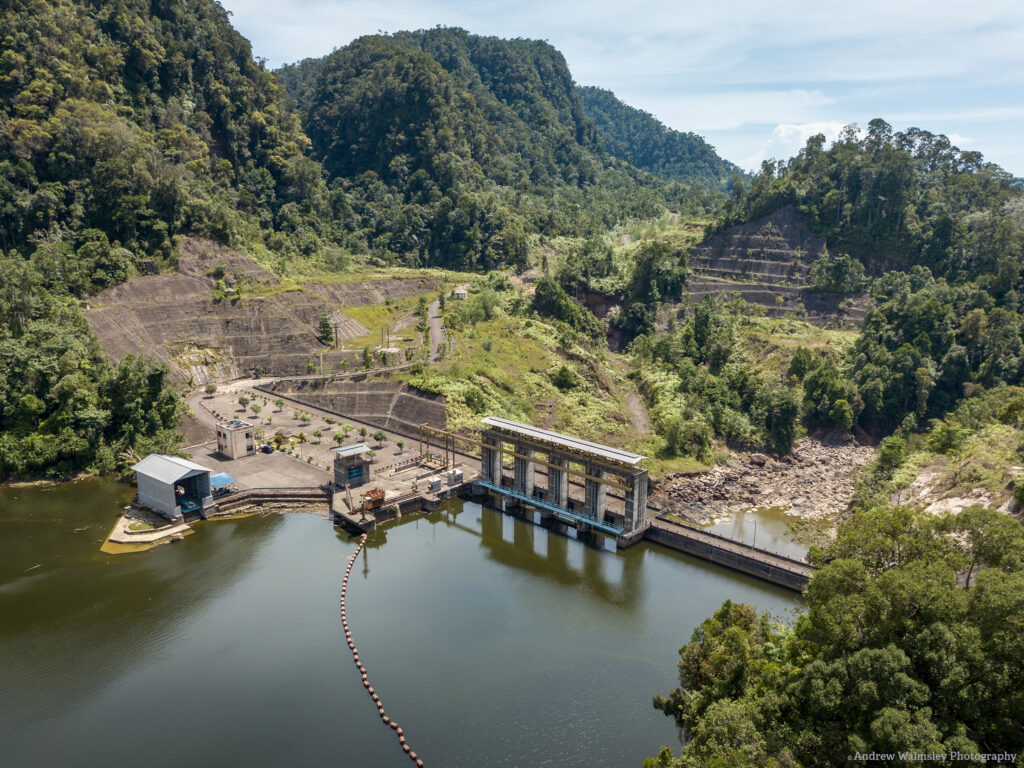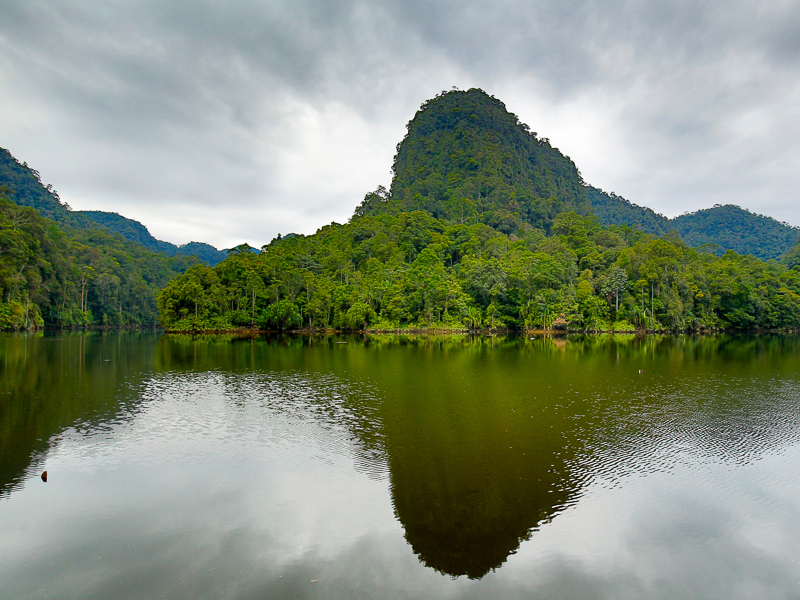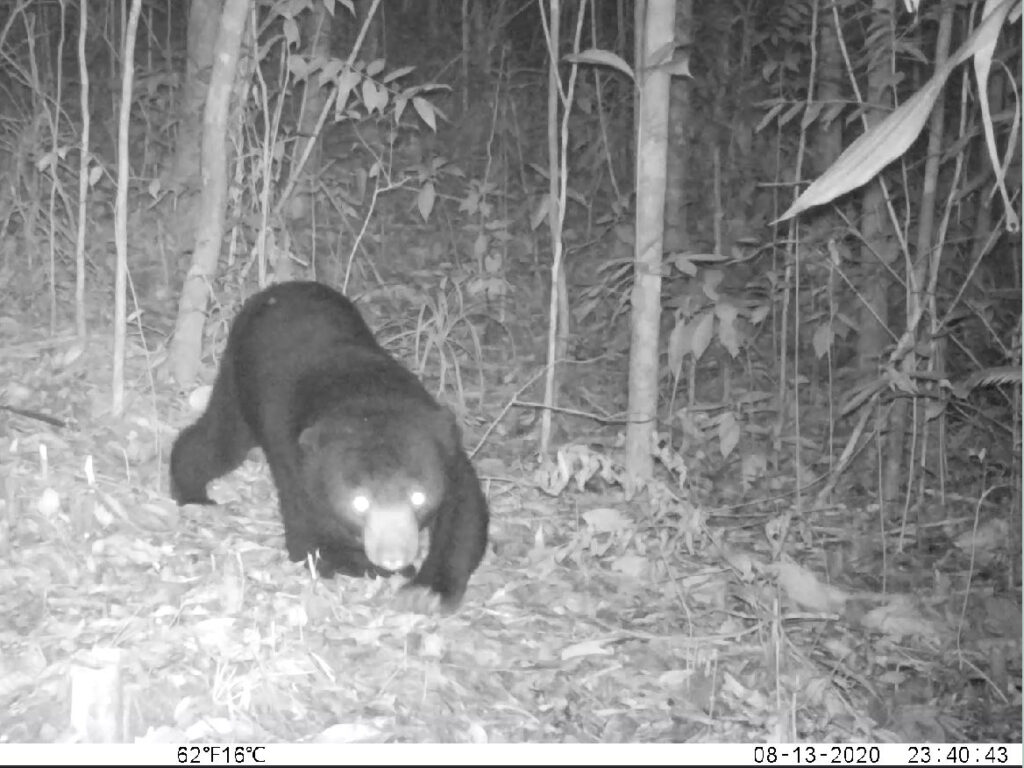Wildlife Corridors

Wildlife Corridors
The problem
Imagine someone builds a construction site in the middle of your living room. Would you still feel comfortable there? Probably not. This is exactly what is happening to the habitat of many orangutans and other animals in Sumatra. Roads, power plants or mines are built in the middle of their habitat. As a result, their home is torn apart, in technical language we call this “fragmented”. Not all species overcome these human obstacles without effort. Because of fragmented habitats, species no longer circulate, they retreat, populations are divided and thus the genetic diversity of a population shrinks. Worst case, it leads to the extinction of individual species. It is important to know that populations are only resistant against external influences, such as diseases or habitat changes due to climate change, when the genetic diversity is as high as possible.

Wildlife corridors as a solution
Wildlife corridors are one solution to reconnect fragmented areas and populations. Areas that are protected and home to species such as the orangutan will be linked through reforested strips of land, in many cases land previously used for monoculture. This allows the various species to connect with each other.

Batang Toru as a focus region
The problem of fragmented habitats is particularly serious in Batang Toru. The last remaining Tapanuli orangutans, the most endangered species of great apes, are living there. One of their populations has been shrinking to only a few dozen animals due to fragmentation – far too small to be robust and able to survive. The other two populations are also very small with about 550 and about 120 animals. We are currently working on a concept for wildlife corridors in the Tapanuli orangutan area. We are planning these corridors together with our partners and with the involvement of the local population. The area of the corridors will be made ecologically usable with agroforestry, i.e. the sustainable mixed cultivation of different plants. The corridors, which will be passable for wildlife, will serve as a link between previously isolated protected areas where orangutans live. We hope to receive the necessary financial support soon.




